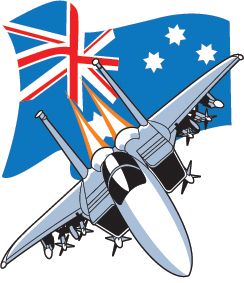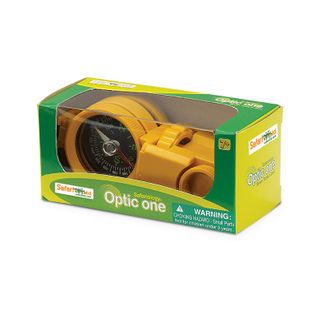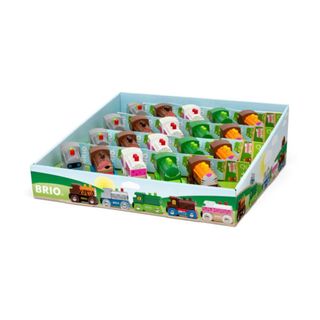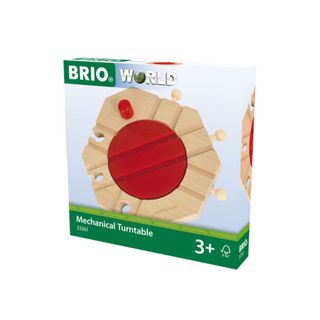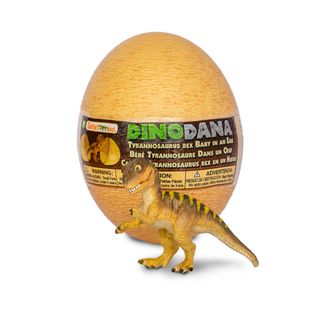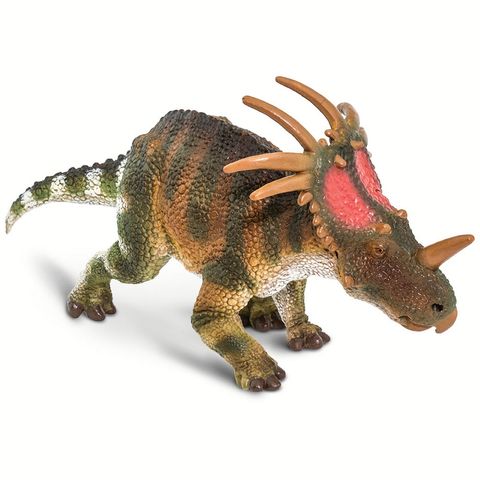
Safari Ltd Styracosaurus Prehistoric World
Description
Second perhaps only to Triceratops as the most well-known Ceratopsian, Styracosaurus lacked the eyebrow horns of its cousin, but more than made up for it with 4-6 long spikes on its neck frill, and a nose horn that could measure up to two feet long!
- Scientific Name: Styracosaurus (Spiked Lizard)
- Characteristics: This Styracosaurus figure features the typical Ceratopsian body, with four legs, a short tail, and a scaly hide with smaller scales intermittently broken up by larger ones, based on fossilized Ceratopsian skin impressions. Its neck frill features six long spikes, along with several shorter protrusions, and its distinctive nose horn projects from its beaked face.
- Size and Color: Our hand-painted Styracosaurus figure measures 8 inches long from its nose horn to the tip of its tail, and just over 3 ½ inches tall to the tip of its tallest frill spine. It’s about the size of a large index card. The figure is brown above and white below with dark green striping, and a green-and-white striped tail. Its horns and beak are raw sienna, and its frill features two large red spots, perhaps for display purposes in attracting a mate.
- The Styracosaurus is part of the Wild Safari® Prehistoric World collection
- All of our products are Non-toxic and BPA free
History:
Styracosaurus could grow almost 20 feet long and weight over 6500 lbs. It lived around 75 million years ago in the Late Cretaceous Period, in what is now Alberta, Canada. It was found in the Dinosaur Park Formation.
Styracosaurus was discovered in 1913 by C. M. Sternberg and named by Lawrence Lambe. The name Styracosaurus comes from the Ancient Greek “styrax” which refers to a spike at the end of a spear shaft.
The purpose of Styracosaurus’s large spikes and frill remain the subject of much debate among scientists. Many theories have been proposed, such as that the frill and horns were used in defense against predators (including the Tyrannosaurus relatives Gorgosaurus and Daspletosaurus), or that they served to impress potential mates (and thus may have been brightly colored), and that they helped regulate the dinosaur’s body temperature.
- Recommended Age: 3+
- Size in cm: 18.5 L x 5 W x 9 H
- Size in inches: 7.28 L x 1.97 W x 3.54 H
- UPC: 095866003623
